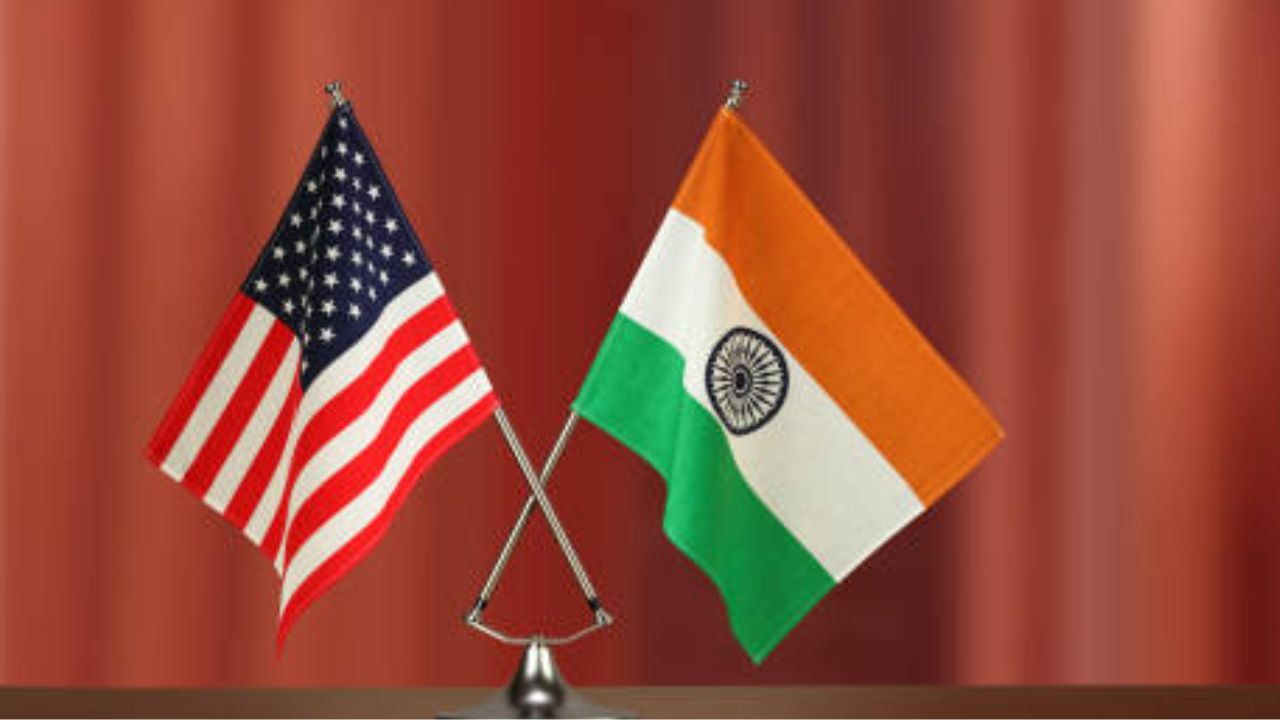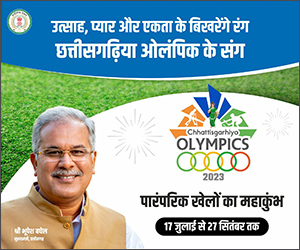Why Does India Have a Prime Minister While the U.S. Has a President?

India is the largest democracy in the world, while the United States of America is the oldest. Yet, their systems of government differ significantly.
India follows a Parliamentary system. In this system, people elect Members of Parliament, and the majority party forms the government. That party then selects its leader, who becomes the Prime Minister—the real executive authority. The Prime Minister is chosen from the majority party in the Lok Sabha (the lower house of Parliament).
How is the President of India elected?
The President is chosen by an electoral college consisting of the elected members of both Houses of Parliament and the elected members of the Legislative Assemblies of the states and Union Territories (Delhi and Puducherry). According to Article 60, the President’s constitutional duty is to preserve, protect, and defend the Constitution and the law. Thus, the President of India is the constitutional head but does not run the government.
In short:
Head of Government → Prime Minister
Head of State → President
The United States, on the other hand, follows a Presidential system. Here, people directly vote for the President, who serves as both the Head of Government and Head of State. The President forms a cabinet and governs independently of the legislature (Congress). In this system, the President is both the symbolic leader of the country and the actual executive authority.
Read Latest News and Breaking News at The Newsman, Browse for more Education News



